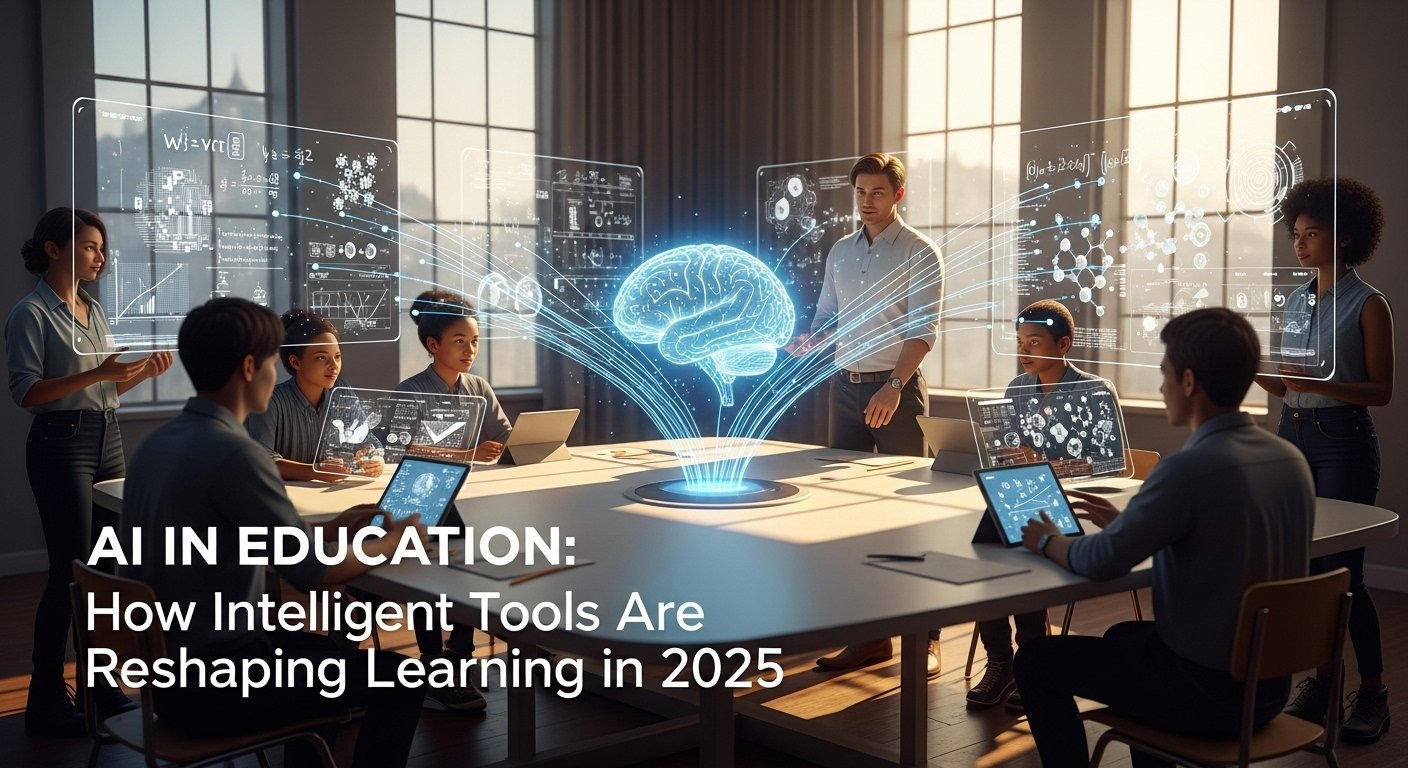AI in Education: How Intelligent Tools Are Reshaping Learning in 2025
Remember the classic image of a classroom? Rows of desks, a teacher at the blackboard, and a one-size-fits-all lesson plan doing its best to reach every student. Fast forward to 2025. That image is being radically redrawn, not by a sweeping government policy, but by a quiet, intelligent revolution. The catalyst? Artificial Intelligence.
I recall a veteran teacher once telling me, “If you teach a lesson the same way to 30 kids, you’re actually teaching 30 different lessons.” Her point was about perception, but today, it’s a reality. AI in education is moving from a futuristic concept to a practical toolkit, transforming not just what students learn, but how they learn it. It’s shifting the educational paradigm from standardization to personalization, from administrative overwhelm to strategic insight, and from generalized instruction to targeted support.
This isn’t about replacing teachers with robots. It’s about augmenting human capability with machine intelligence to create more responsive, engaging, and effective learning environments. Let’s dive into how AI in education is actively changing the landscape in 2025.
From Hype to Reality: The Maturation of AI in the Classroom
The conversation around AI in education has evolved. The initial hype has settled, and we’re now seeing a wave of practical, impactful applications. A recent report by the World Economic Forum highlights that AI-driven education tools are poised to address some of the system’s most persistent challenges, from accessibility to skill gaps.
The core of this transformation lies in data. AI in education thrives on it, not to surveil, but to understand. By analyzing patterns in how students interact with material, these systems can identify knowledge gaps, predict learning obstacles, and tailor content in real-time. This moves us beyond the industrial-era factory model of schooling and into a new age of customized learning journeys.
Social Media’s Effect on Teen Mental Health
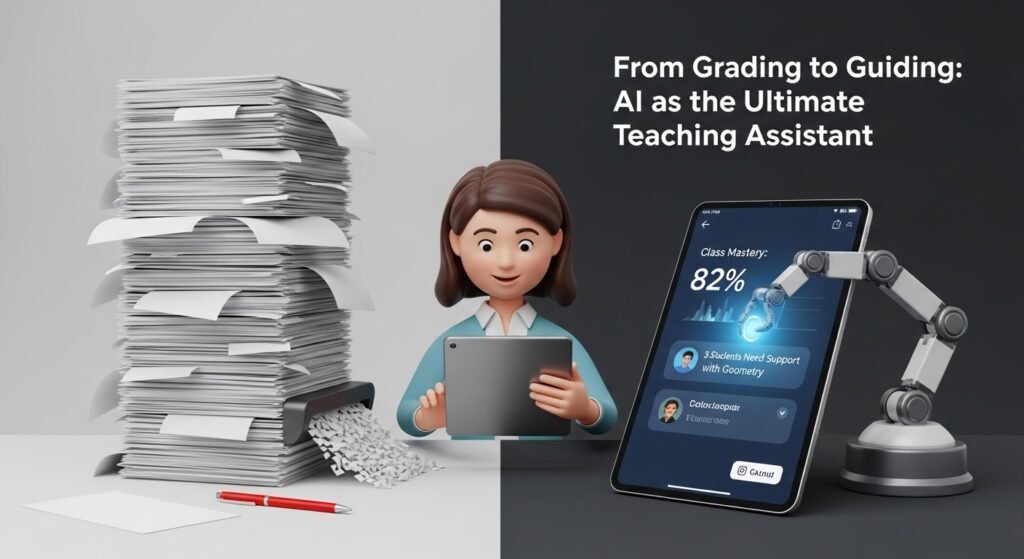
The Teacher’s New Ally: How AI is Amplifying Educators
The most significant impact of AI in education might be its effect on the teaching profession itself. Far from making teachers obsolete, AI is becoming their most powerful assistant, handling time-consuming tasks and providing unprecedented insights.
1. Automated Administration: Reclaiming Time for Teaching
Grading stacks of multiple-choice quizzes, managing attendance, and drafting routine communications can consume hours of a teacher’s week. AI tools are now seamlessly handling these tasks.
- Automated Grading: Platforms can instantly grade assignments and assessments, providing students with immediate feedback while freeing teachers to focus on more complex, nuanced student work like essays and projects.
- Personalized Communication: AI can help draft personalized updates for parents, summarizing student progress and areas of concern, which the teacher can then review and send. This strengthens the home-school connection without adding to the workload.
2. The Instructional Power of Intelligent Insights
This is where the real magic happens. AI-powered analytics platforms can process vast amounts of student data to provide teachers with a dashboard of insights.
- Predictive Analytics: By analyzing performance trends, AI can flag students who are at risk of falling behind long before it becomes apparent in final grades. This allows for early, targeted intervention.
- Differentiation at Scale: Teachers receive concrete recommendations for differentiating instruction. The AI might suggest that Group A needs a refresher on fractions while Group B is ready for advanced problems. This empowers teachers to manage a diverse classroom effectively.
| Traditional Teaching Challenges | AI-Powered Solutions in 2025 |
|---|---|
| Time-consuming grading and admin tasks | Automation of grading, scheduling, and routine communications |
| “Teaching to the middle” | Data-driven insights for easy differentiation and personalized learning paths |
| Reactive student support (after failing a test) | Proactive, predictive alerts for early intervention |
| Limited insight into each student’s unique process | Analytics on learning patterns, engagement, and knowledge gaps |
Social Media’s Effect on Teen Mental Health
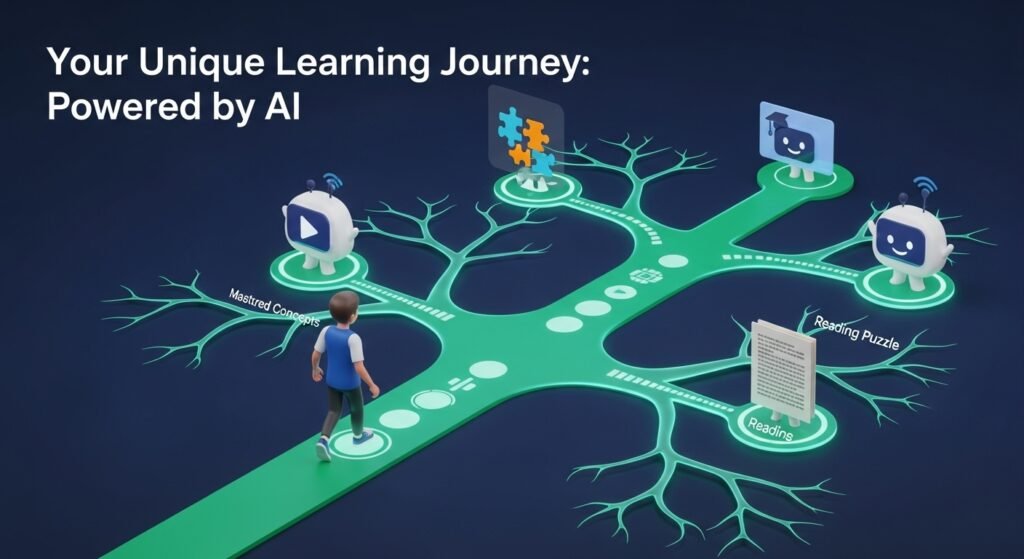
The Personalized Learning Journey: AI as the Ultimate Tutor
The most celebrated application of AI in education is its ability to create truly personalized learning experiences. Adaptive learning platforms are like having a personal tutor for every student, available 24/7.
1. Adaptive Learning Pathways
Imagine a digital platform that adjusts in real-time. If a student struggles with a concept like photosynthesis, the AI doesn’t just mark it wrong. It recognizes the gap, offers alternative explanations, perhaps a video or an interactive simulation, and provides practice problems until the concept is mastered. Only then does it move on. This ensures a solid foundation and builds confidence.
2. Unleashing Creativity and Critical Thinking
A common fear is that AI will make learning robotic. In practice, the opposite is true. By automating the drill-and-practice of foundational skills, AI in education frees up classroom time for the human-centric activities that matter most: Socratic seminars, project-based learning, collaborative problem-solving, and creative endeavors. Students spend less time on rote memorization and more time on application and synthesis.
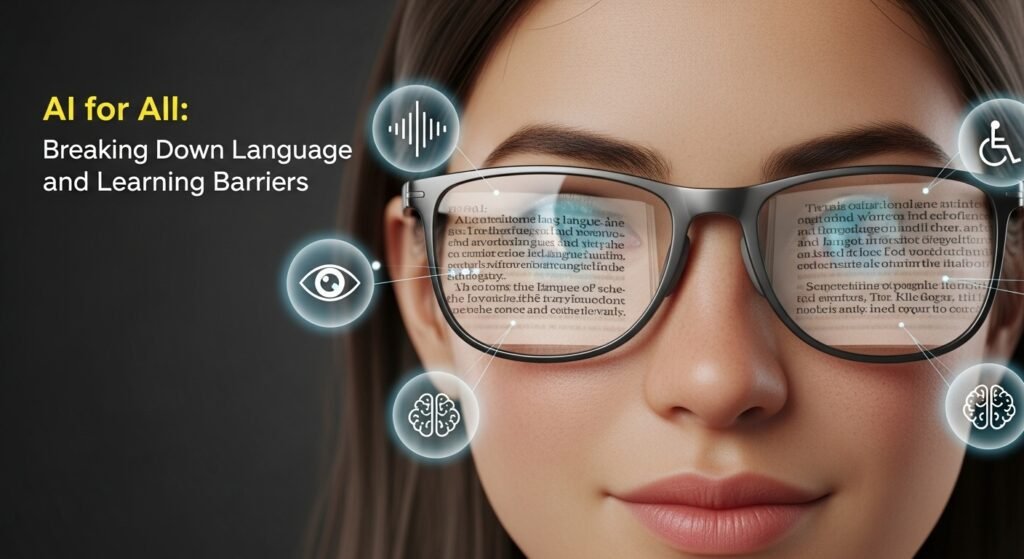
Breaking Down Barriers: AI for Accessibility and Inclusion
Perhaps the most profound impact of AI in education is its potential to create a more equitable learning environment. AI tools are acting as great equalizers, providing support for students with diverse needs.
- Real-Time Translation: Tools like Microsoft Translator can provide live, subtitled translations for multilingual learners, allowing them to participate fully in classroom discussions without waiting for a human translator.
- Accessibility Tools: AI-powered speech-to-text and text-to-speech software, along with tools that can describe images for the visually impaired, are becoming more sophisticated and integrated directly into learning management systems. This ensures all students can access the same content in a way that works for them.
Social Media’s Effect on Teen Mental Health
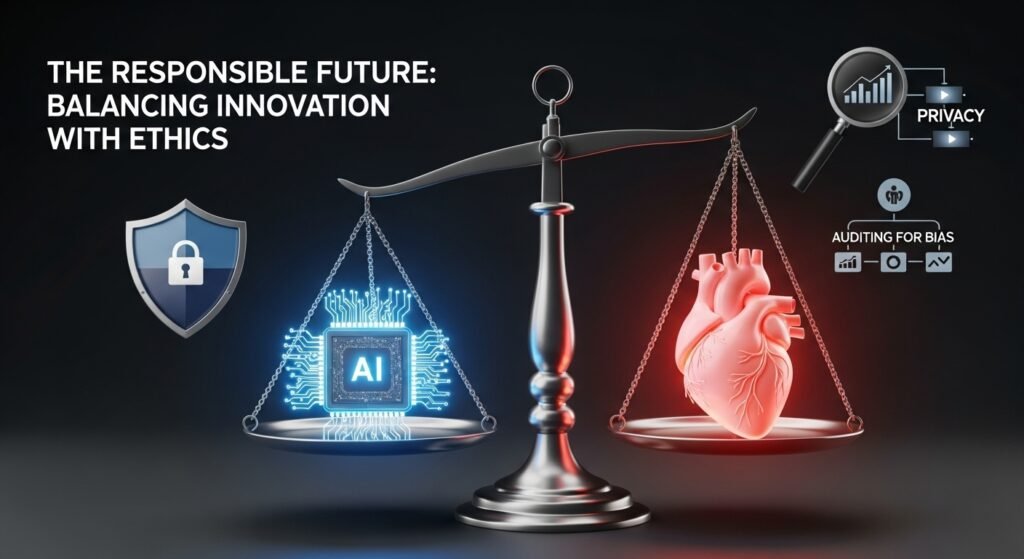
The Other Side of the Screen: Ethical Considerations and Challenges
As we embrace the potential of AI in education, we must also navigate its challenges with clear eyes and ethical guidelines.
- Data Privacy: The vast amount of data collected on students is a goldmine for personalization but a major responsibility. Robust policies and transparent communication with parents about how data is used and protected are non-negotiable.
- Algorithmic Bias: AI systems are trained on data, and if that data contains human biases, the AI can perpetuate them. It’s crucial to develop and audit AI tools for fairness to ensure they don’t disadvantage certain student groups.
- The Human Element: The goal of AI in education must always be to enhance, not replace, the irreplaceable human connection between teacher and student. AI can provide data, but it cannot provide empathy, inspiration, or the mentorship that changes a student’s life.
The Classroom of 2025: A Glimpse into the Future
So, what does a day in a classroom powered by AI in education actually look like?
- A teacher starts her day by reviewing her AI dashboard, which has flagged that two students might need extra help with yesterday’s math lesson. She forms a small group for a mini-lesson during independent work time.
- During history class, students use an AI research assistant to help them analyze primary sources and fact-check information, developing crucial digital literacy skills.
- An English language learner participates confidently in a science lab because his AR glasses provide real-time vocabulary translations for the equipment and procedures.
- After school, a student gets stuck on her homework. Instead of giving up, she gets help from an AI tutor that guides her through the problem with hints and encouragement, ensuring she masters the concept before the next class.
Top 10 Free Online English Courses with Certificates in 2025
Conclusion: A Collaborative Future
The integration of AI in education in 2025 is not a story of technology versus teachers. It’s a story of partnership. It’s about leveraging intelligent tools to handle the tedious, so educators can focus on the inspirational. It’s about using data to understand the unique mind of each learner and empowering them on their individual journey.
The future of education is not a room full of students staring at screens. It’s a vibrant, dynamic ecosystem where teachers are empowered, students are understood, and learning is truly personalized. The intelligent application of AI in education is making this future a reality, creating a world where every student has the tools and support they need to succeed.
What’s your experience with AI in the classroom? Are you excited or cautious about these changes? Share your thoughts and questions in the comments below—let’s start a conversation about the future of learning together.
Top 10 Free Online English Courses with Certificates in 2025

